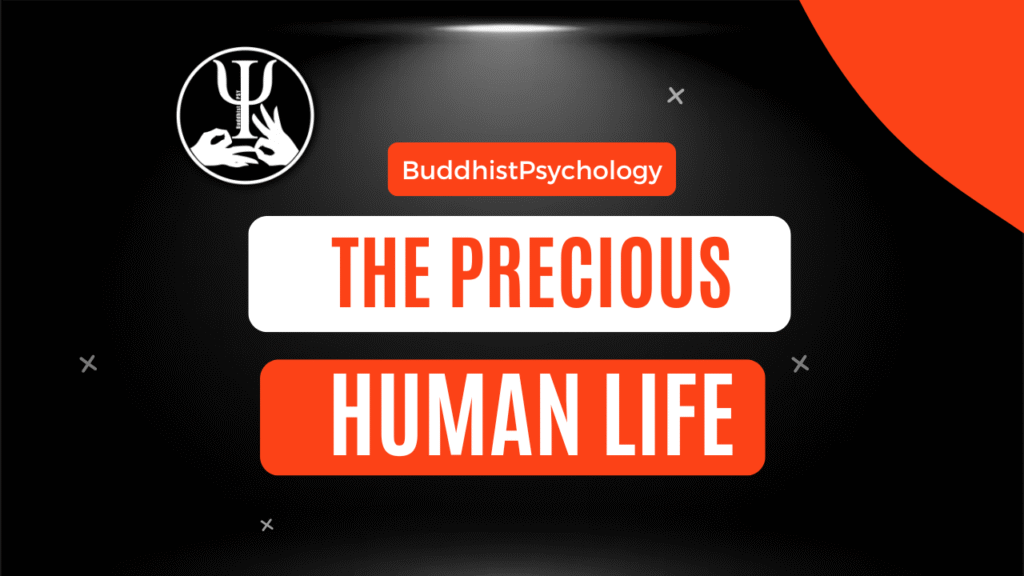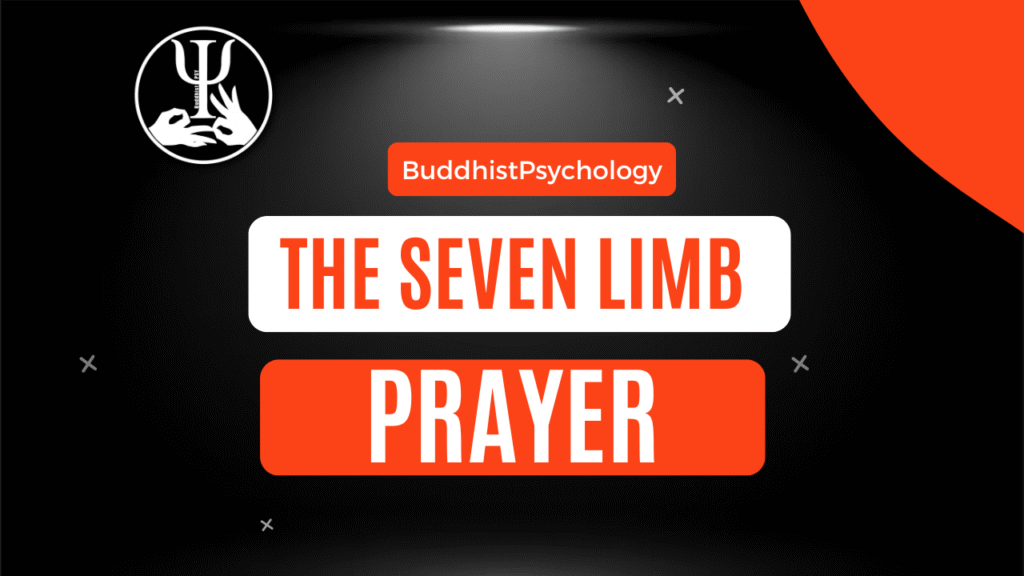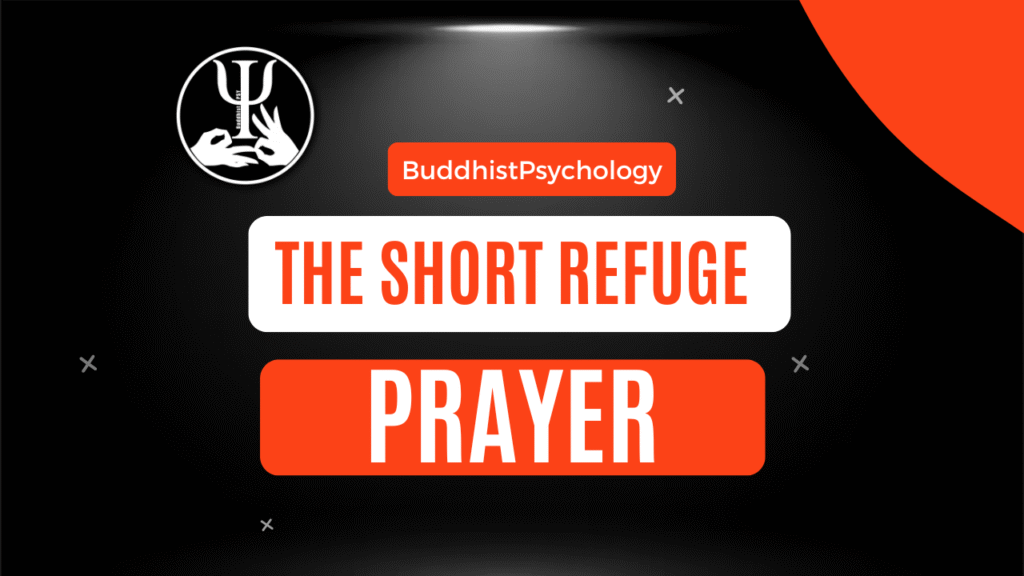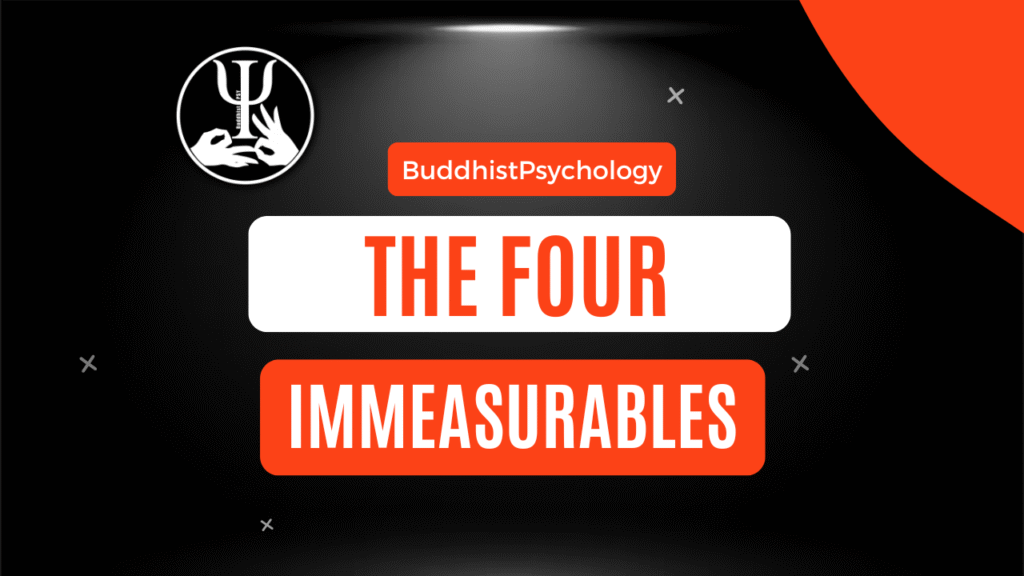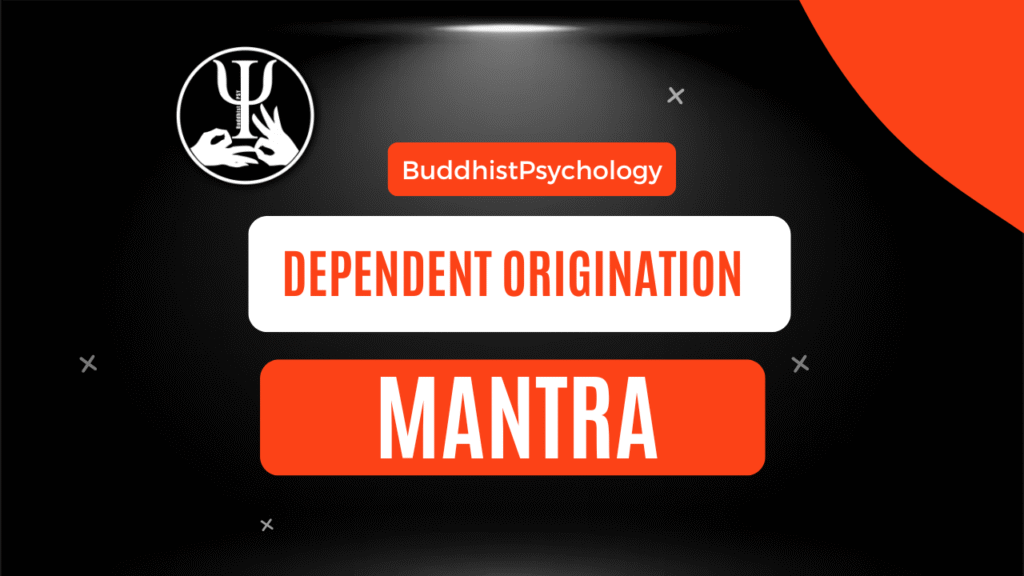Transforming Suffering in Buddhism: Gampopa’s Path from Samsara to Enlightenment
Explore how Gampopa’s teachings and Buddhist wisdom transform samsaric suffering into a path of compassion, insight, and ultimate spiritual freedom.
Transforming Suffering in Buddhism: Gampopa’s Path from Samsara to Enlightenment Read More »





